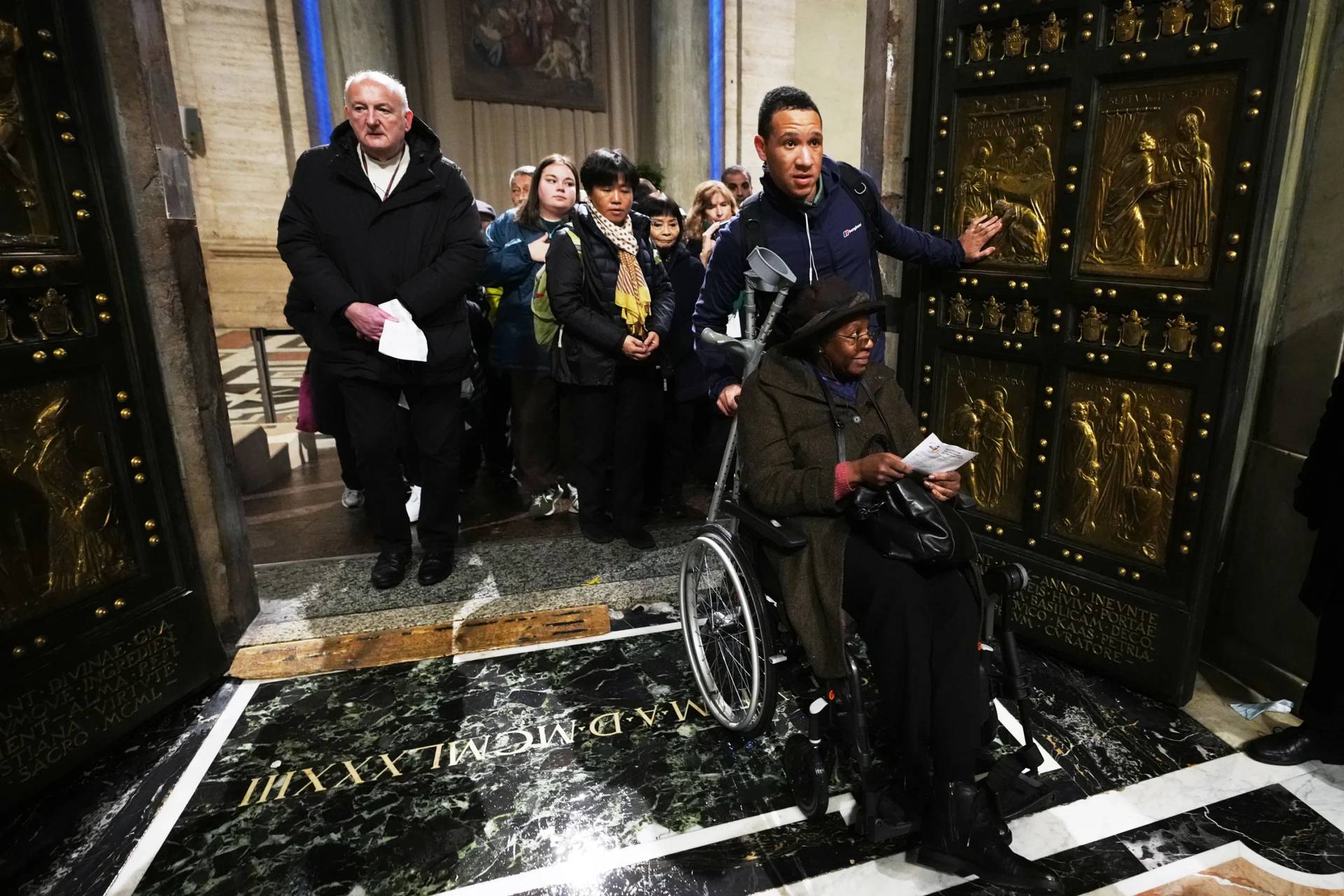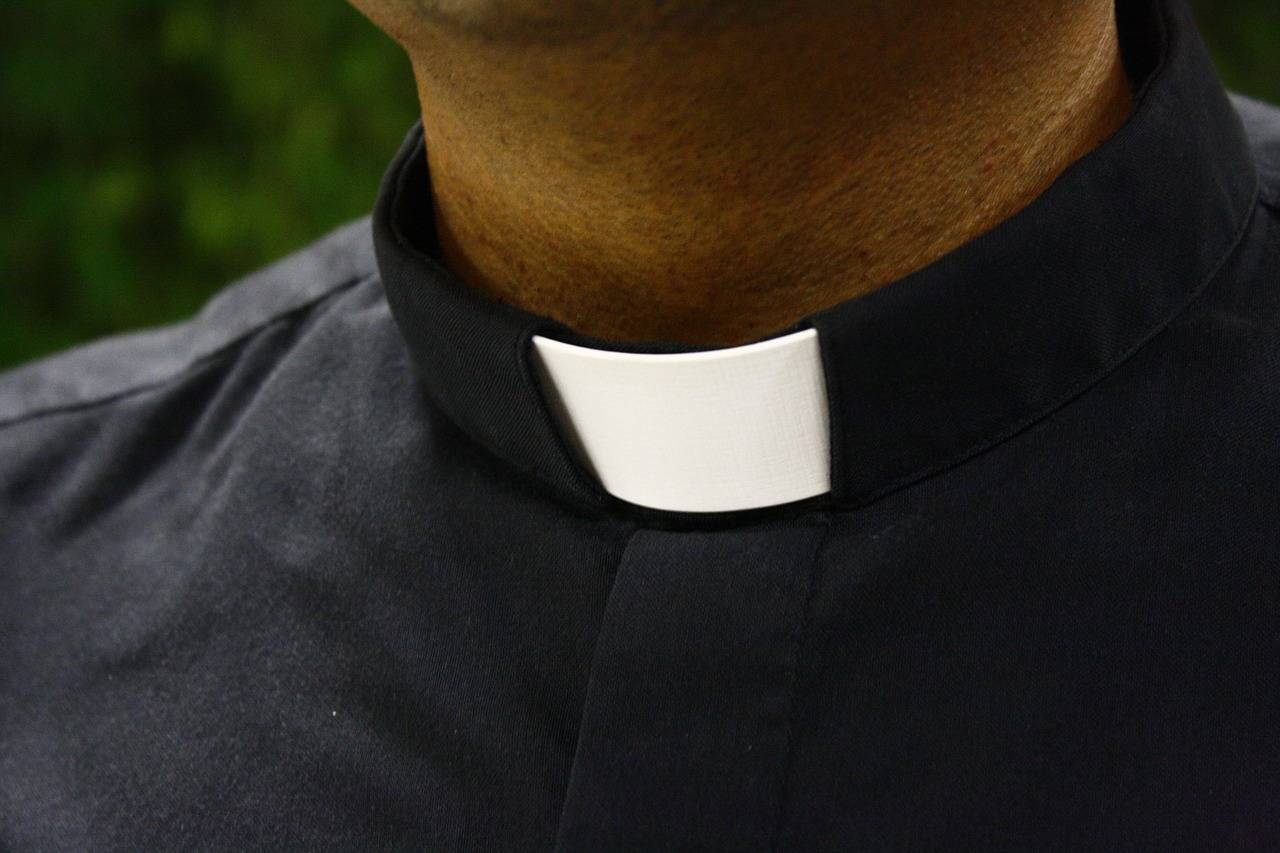ROME – For some reason, the transition from summer to fall this year in Rome felt terribly abrupt. It was is if we went to bed on the night of Sunday, August 30, still in the lazy dog days, and the next morning somebody hit an “on” switch and things went into high gear.
That’s true of the Catholic scene as well, where any number of storylines are percolating at the moment. Herewith, brief notes on three that capture or reveal various aspects of the life of the Church in the 21st century.
The Pope on Sex and Food
Yesterday a new interview book with Pope Francis was presented in Rome by the Community of Sant’Egidio, one of the “new movements” in the Catholic Church and a particular favorite of Francis for its work on conflict resolution, ecumenism and inter-faith dialogue, and service to the poor and migrants and refugees.
Written by an Italian journalist and food critic named Carlo Petrini, the book is called Terrafutura, or “Future Earth,” with the subtitle, “Dialogues with Pope Francis on Integral Ecology.”
Undoubtedly, it will be the pope’s comments on sex that stir the most waves.
“Sexual pleasure is there to make love more beautiful and to guarantee the perpetuation of the species,” the pope said. Prudish views of sex taken to an extreme “have caused enormous harm, which can still be felt strongly today in some cases,” he added.
Francis denounced what he called a “bigoted morality” that “doesn’t make sense” and amounts to a “bad interpretation of the Christian message.”
“The pleasure of eating, like sexual pleasure, comes from God,” he said.
Never mind that the thought is hardly original – St. John Paul II and Pope emeritus Benedict XVI said very similar things – but it’s still “pope” and “sex” in the same sentence, so eyeballs will be attracted.
However, it was the pope’s comments on food that caught my eye, since planning, preparing and consuming meals is just about my favorite thing on earth beyond my wife and a good baseball pitching matchup.
“Today we’re seeing a certain degeneration regarding food … I’m thinking about those lunches and dinners with countless courses where you come away stuffed, often without pleasure, only quantity. That way of doing things is an expression of ego and individualism, because at the heart of it is food for the sake of food, not relationships with other people, for which food is a means. On the other hand, where there’s a capacity to keep other people at the center, then eating is the supreme act that favors conviviality and friendship, which creates the conditions for the birth and the maintenance of good relationships and which acts as a way of transmitting values.”
Twenty-plus years living and eating in Italy tells me Francis is right on the money … virtually every friendship I’ve forged here has been born, grown up and reached maturity in the context of shared meals. Among other things, that probably says something about Catholic culture and what Father David Tracy calls the “sacramental imagination,” that tangible physical signs can betoken hidden grace.
I would add, however, that in my experience, gastronomic quantity and human quality aren’t necessarily at odds, as long as you’ve got your priorities straight.
A Cardinal’s Legacy
Next Monday will mark the 25th anniversary of the beginning of the reign of one of the most important Catholic prelates in the world over the last quarter-century, Cardinal Christoph Schönborn of Vienna, Austria. Schönborn, a Dominican, has been a close ally and advisor of each of the last three popes, as well as one of the most influential intellectual and pastoral points of reference in the global Church.
It was 25 years ago that Schönborn took over an Austrian church in crisis due to a bitter sexual abuse scandal involving his predecessor, a former Benedictine abbot named Hans-Hermann Groër. Over the years, Schönborn not only helped restore calm and trust in Austria – he’s been called an adroit “crisis manager” by Austria’s national broadcast, the ORF – but he’s also played key roles in virtually every global Catholic drama of his time.
It’s far too early to begin summing up his legacy, especially because there’s no reason Pope Francis is in any rush to accept the resignation Schönborn was required to submit last January when he turned 75.
However, one very interest aspect of that legacy worth noting is the way perceptions of Schönborn have changed over the years. In the St. John Paul II and Benedict XVI years, he was seen as a staunch conservative (he campaigned assiduously for the election of Cardinal Joseph Ratzinger as Benedict XVI in 2005); under Francis, he’s now more conventionally seen as a liberal backing the pope on issues such as Communion for the divorced and remarried and outreach to the LGBTQ community.
One way of reading that transition, I suppose, is that Schönborn is an opportunist who shifts with the winds. Another, however, is that he’s a true Dominican who tries to serve the pope as he wants to be served, and who’s also smart enough to think beyond conventional ideological polarities.
In perhaps the most polarized moment either the world or the Church has ever seen, his example of somehow managing to embrace both poles without being subsumed by either is undeniably fascinating.
Mattresses in Church
Given everything going in the world today, you would think Catholics could find better things to argue about than “mattress-gate,” but nonetheless believers in the small southern Italian city of Cirò Marina recently have devoted an extraordinary amount of energy to debating the wisdom of opening the Church of St. Cataldo the Bishop to a mattress display.
A picture from the event, which showed a mattress on the floor in front of the church with someone lying on it as another person spoke into a microphone, generated a tidal wave of commentary on social media and saturation coverage in the local press. Most people seemed to assume that the church was hosting a mattress sale, which triggered endless references to the Gospel story of Jesus tossing the moneylenders out of the temple.
Aggravating the situation is that the event took place inside the church, was has been condemned for various structural defects. The pastor has been compelled to celebrate Mass outside ever since Italy permitted the resumption of public liturgies in June, leading people to charge that the pastor was also placing people’s safety at risk.
In reality, the pastor told local media outlets, there was no sales pitch going on. The event was intended to help people manage common maladies by focusing on their sleep habits and patterns, and it was presented by a doctor and a pharmacist rather than a furniture company. Moreover, he said, the relatively small size of the gathering permitted it to take place safely indoors.
In itself, the kerfuffle over the mattress isn’t significant, but the reaction does tell us something about the hothouse social media environment of the 21st century, where the absence of key facts is never an impediment to voicing the strongest opinion possible, and waiting until they become clear apparently is never an option.
If we’re going to “go to the mattresses” over something, in other words, maybe it shouldn’t be about what happened at St. Cataldo the Bishop but what happened on Twitter and Youtube afterwards.
Follow John Allen on Twitter at @JohnLAllenJr.















